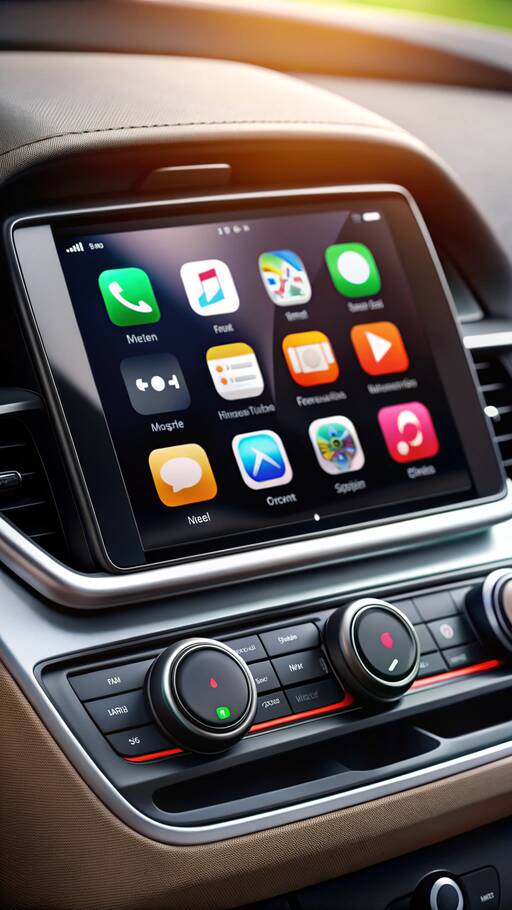
CarPlay's appeal is undeniable. A 2024 J.D. Power study highlights that while car infotainment systems often receive low ratings, CarPlay and Android Auto receive high praise, with CarPlay being a standout favorite. A 2023 McKinsey survey further reveals that nearly half of new car buyers worldwide refuse to purchase vehicles without CarPlay or Android Auto, favoring these over built-in options. According to Apple, an impressive 79% of buyers desire CarPlay.
Even companies like Tesla and Rivian, which currently resist these systems, report significant customer demand for CarPlay. Meanwhile, General Motors, which offers both systems in traditional vehicles, has yet to decide on their inclusion in its electric lineup.
CarPlay Ultra extends Apple's influence across the entire dashboard, not limited to the central display. It integrates deeply, replacing existing graphics with Apple's customizable yet uniform design. This poses a dilemma for automakers who invest heavily in developing unique interface software, especially considering Android compatibility requirements.
Currently, automakers enjoy creative license in UI design, but CarPlay Ultra confines their choices within Apple's parameters—fonts, color palettes, gauges, and widget selections. Although customizable to a degree, Apple's framework prioritizes uniformity across vehicles, challenging traditional brand differentiation.
Ultra prescribes specific design elements—fonts, gauge styles, color palettes, and limited widgets. While these can be tweaked, true design freedom is restricted. Apple's vision aims for a cohesive look across vehicles, raising questions about brand identity and dashboard control.
Modules for gauges and widgets can be repositioned but remain confined to Apple's design logic. With limited customization, automakers face decisions about maintaining brand aesthetics or adapting to a standardized Apple experience.
Data privacy concerns partly explain past hesitancy from manufacturers like Toyota. With Ultra, data is processed on the phone, adhering to Apple's robust privacy rules. Yet, any interaction with vehicle functions still funnels through the car's system, maintaining some visibility for automakers.
The source of data connectivity adds another twist. CarPlay and Android Auto use phone plans, while native vehicle software relies on car-based data plans, a potential revenue stream for automakers. GM aims to earn from these connected services, a prospect undermined by reliance on phone-based systems.
Automakers have historically crafted customer interactions and vehicle interiors with autonomy. CarPlay disrupted this, offering a familiar, integrated user experience tied to smartphones. As consumer preferences shift towards phone-based interfaces, automakers may lose opportunities to pitch unique services and features.
For Apple users, the transition to CarPlay Ultra is seamless. Automakers, however, face significant strategic decisions. As Google develops similar advancements with Android Auto, competition over dashboard dominance intensifies.
Will automakers surrender this battle to Silicon Valley giants, or will they fight to retain dashboard autonomy? With CarPlay Ultra and future innovations, the outcome may already be trending in one direction.
Summary: Apple CarPlay Ultra is reshaping the infotainment landscape, challenging automakers with its expansive reach and standardized design ethos. While smartphone-connected systems captivate consumers, manufacturers must navigate between embracing this trend and preserving brand identity and revenue streams. This technological evolution signifies a pivotal moment in the relationship between automakers and tech giants.